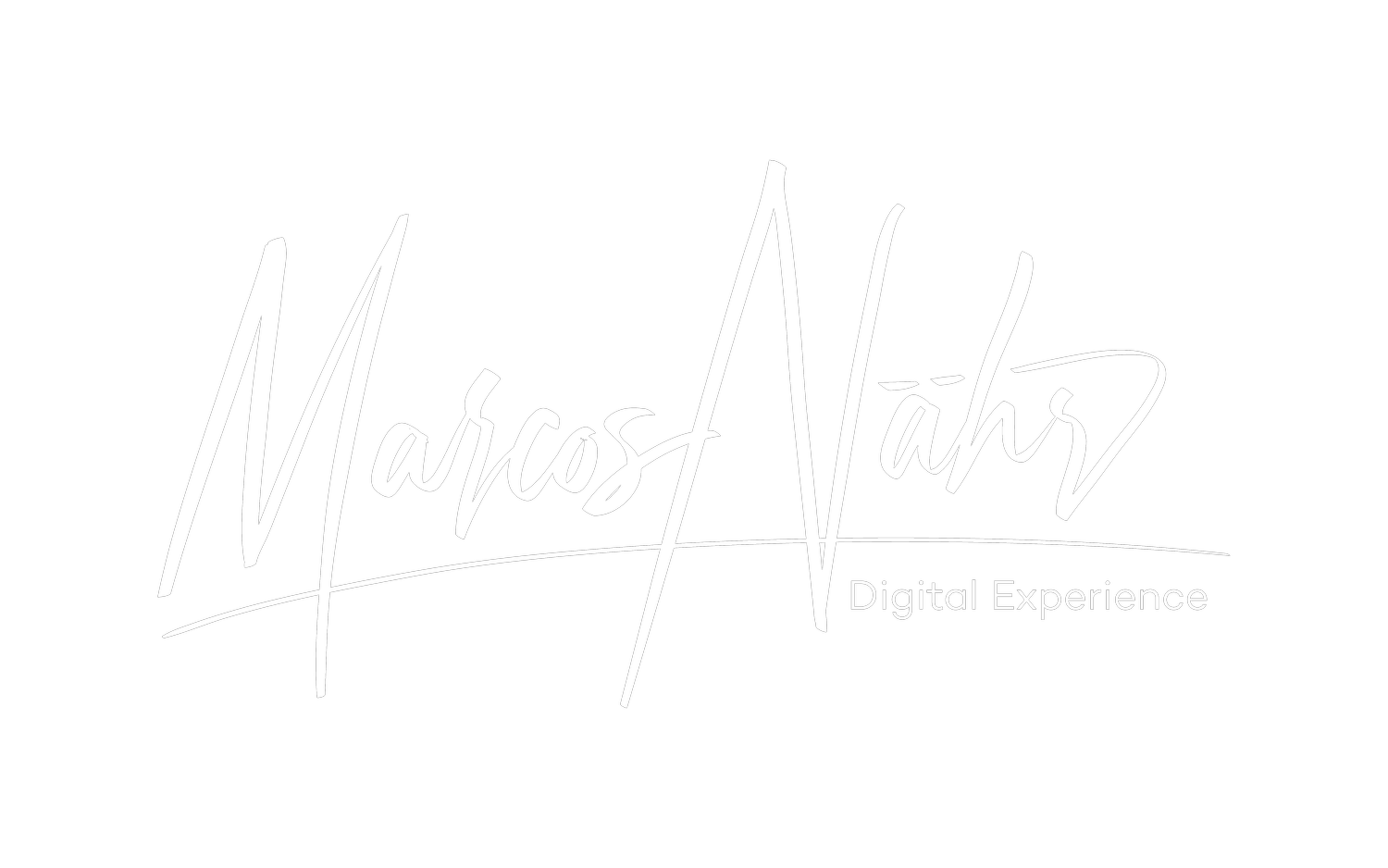Future-Proofing UX Teams
The Role of UX Leadership in Developing T-Shaped Talent
A startling statistic emerged recently: according to a recent industry survey, 73% of UX roles have significantly transformed in the last five years. This seismic shift underscores a critical challenge facing UX teams today - the traditional approach of cultivating deep specialists is no longer sufficient to meet the complex, multifaceted demands of modern product development.
As the boundaries between design, technology, and business continue to blur, UX leaders find themselves at a crossroads. The solution? Cultivating T-shaped talent - professionals who combine deep expertise in one area with a broad understanding across multiple disciplines. This article explores how UX leaders can develop these versatile team members to create adaptable, cross-functional teams that drive business success in an increasingly competitive digital landscape.
The T-Shaped Designer Imperative
T-shaped talent in UX refers to designers who possess deep expertise in their core discipline (the vertical bar of the T) while also maintaining a broad understanding of related fields (the horizontal bar). This combination of depth and breadth is crucial in today's interconnected product development environments.
The benefits of T-shaped designers are manifold:
Adaptability: They can quickly pivot to new challenges and technologies.
Cross-functional collaboration: They speak the language of developers, product managers, and marketers, fostering seamless teamwork.
Innovation: Their diverse knowledge base allows them to connect disparate ideas, leading to novel solutions.
A compelling case study from a leading e-commerce platform illustrates the power of T-shaped teams. A team of T-shaped designers outperformed a group of specialists when tasked with redesigning their checkout process, reducing cart abandonment by 28% and increasing conversion rates by 15%. The key to their success? The ability to seamlessly integrate UX best practices with data analytics, frontend development knowledge, and a deep understanding of business metrics.
UX Leadership in Talent Development
UX leaders play a pivotal role in identifying, nurturing, and retaining T-shaped designers. This process begins with recognizing the key competencies that future-ready UX professionals need. Beyond core design skills, these may include:
Data analysis and interpretation
Basic coding and prototyping
Business strategy and metrics
Project management
User research methodologies
To foster these skills, UX leaders must create robust learning ecosystems within their organizations. This involves:
Implementing mentorship programs that pair junior designers with experienced T-shaped professionals.
Establishing knowledge-sharing initiatives, such as regular "lunch and learn" sessions or internal design conferences.
Encouraging continuous learning through access to online courses, industry conferences, and workshops.
The impact of these initiatives can be quantified. For instance, a multinational tech company that implemented a comprehensive T-shaped talent development program saw a 30% reduction in time-to-market for new features and a 20% increase in user satisfaction scores within 18 months.
Strategies for Cultivating T-Shaped Skills
Developing T-shaped designers requires a strategic, multifaceted approach. Here are key strategies that UX leaders can employ:
Cross-functional project assignments: Regularly rotate designers through projects that require collaboration with different departments, exposing them to diverse perspectives and methodologies.
Skill-sharing workshops: Organize internal "mini-conferences" where team members can teach each other skills from their areas of expertise.
Rotation programs: Implement short-term rotations (e.g., 2-4 weeks) where UX designers work within product management, development, or marketing teams to gain hands-on experience in these areas.
Collaborative design sprints: Conduct regular design sprints that bring together multidisciplinary teams to solve complex problems, fostering cross-pollination of ideas and skills.
UX leaders can employ a skills matrix to measure progress. This matrix tracks the evolution of each team member's competencies over time. This visual tool not only helps in identifying areas for improvement but also in recognizing and celebrating growth.
Overcoming Challenges in T-Shaped Development
While the benefits of T-shaped talent are clear, the path to developing these versatile professionals is not without obstacles. UX leaders must be prepared to address several key challenges:
Resistance to skill diversification may come from some specialists who are hesitant to broaden their skill set, fearing a loss of expertise. Leaders can combat this by emphasizing that the goal is to complement, not replace, deep expertise.
Balancing depth vs. breadth: There's a risk of developing "jack of all trades, master of none" professionals. UX leaders must carefully curate learning paths that maintain core expertise while expanding horizontal knowledge.
Resource allocation: Investing in T-shaped development requires time and budget. Leaders need to make a compelling case for these resources by demonstrating the long-term ROI.
A framework for ROI analysis might include:
Cost of training and development programs
Time invested in cross-functional projects and rotations
Improved team performance metrics (e.g., faster project completion, fewer revisions)
Enhanced innovation output, such as successful new feature launches
Increased user satisfaction and business impact
One tech unicorn found a $3.50 return in increased productivity and innovation within 18 months for every dollar invested in T-shaped talent development.
The Future is T-Shaped
The role of leadership in developing T-shaped talent cannot be overstated. By fostering adaptable, cross-functional teams, UX leaders not only future-proof their departments but also drive significant business value through increased innovation, faster time-to-market, and improved user satisfaction.
The journey to building a team of T-shaped designers is ongoing, requiring constant evaluation and adjustment. However, the long-term benefits make this investment in talent development worthwhile and essential for staying competitive in the digital age.
As you reflect on your own team's journey towards T-shaped excellence, consider the following:
What steps can you take today to begin or enhance your T-shaped talent development program?
How might you measure and communicate the impact of these initiatives to your organization's leadership?
What unique challenges does your team face in developing T-shaped skills, and how can you address them?
